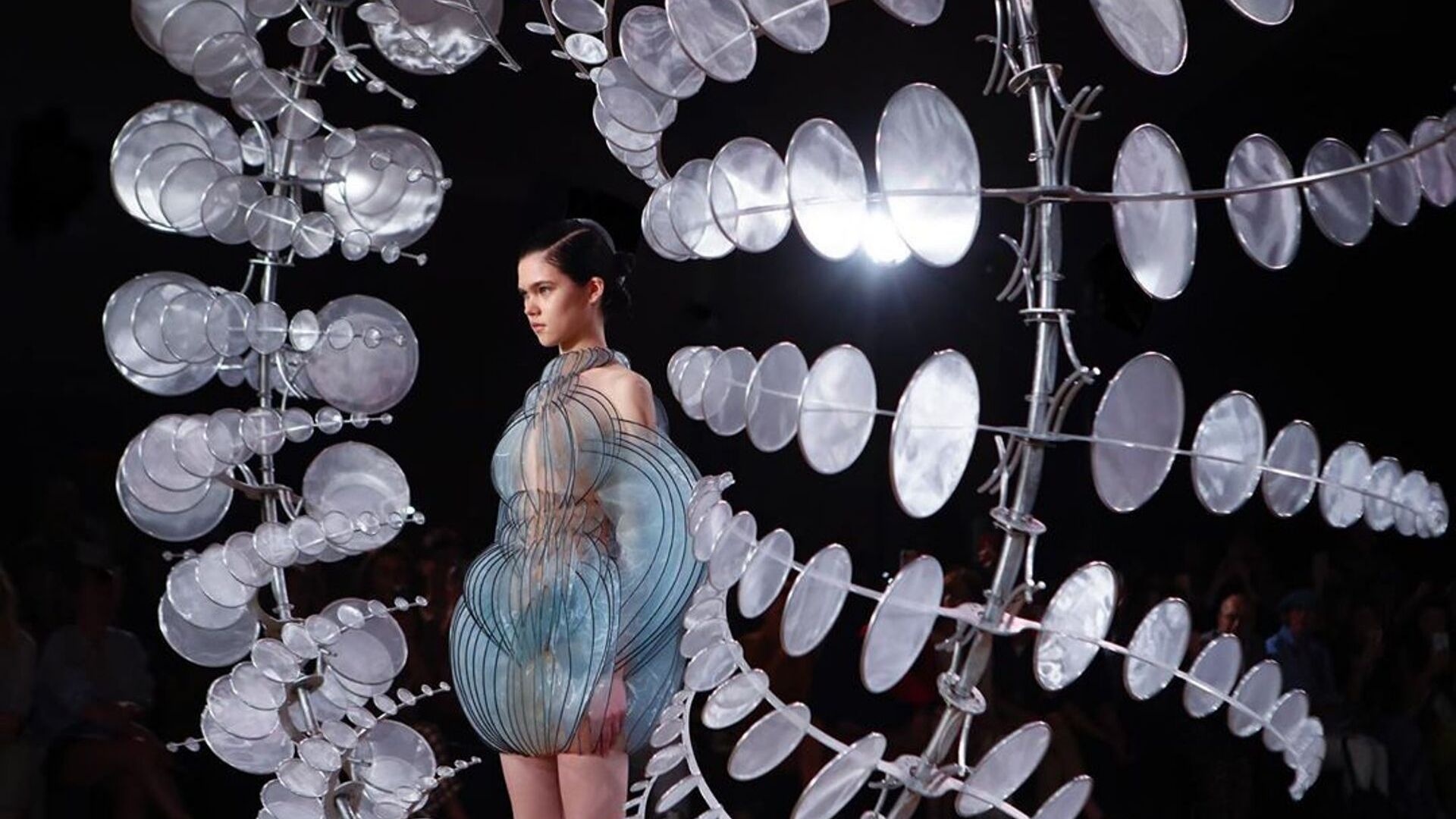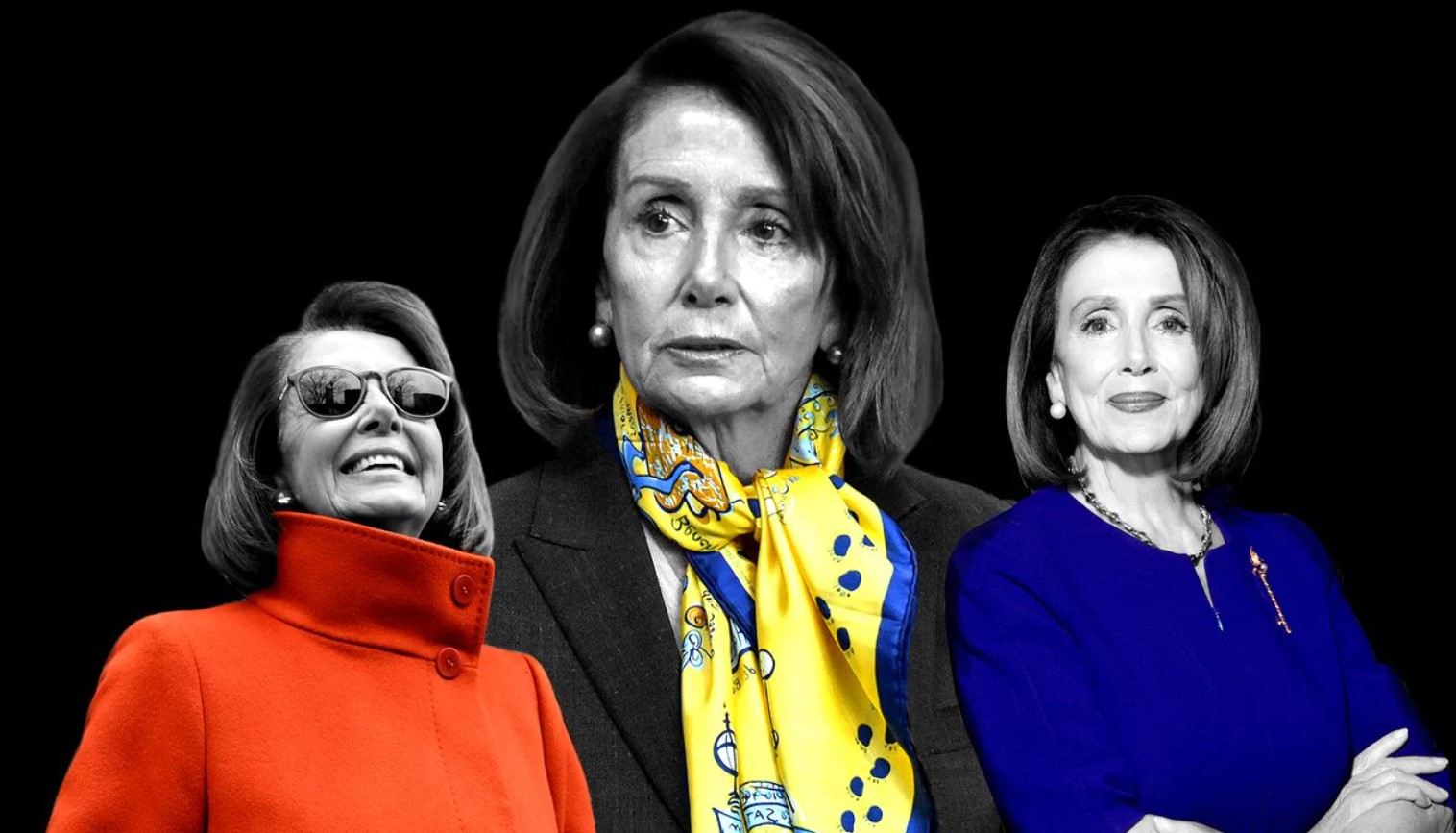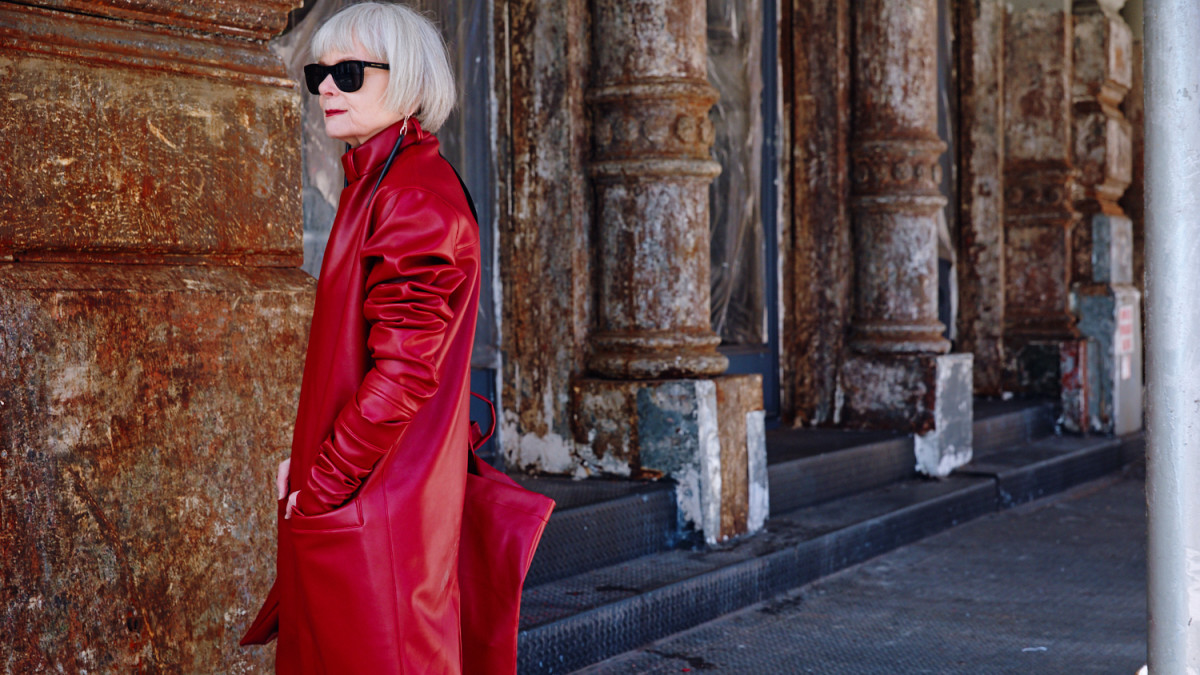Kidcore Style: Why Adults Start Dressing Like Children
Megan Fox in her sons’ T-shirts, caught by the paparazzi on the streets of Los Angeles. Comedian Pete Davidson in a designer T-shirt, “The Vampire’s Wife” with a kitten print on his chest and a plastic “Beepy Bella” necklace around his neck at the Jimmy Fallon show. Designer Marc Jacobs boasts green hair and purple nails in his Instagram stories. Actor Channing Tatum is posing with the children’s book “Sparkella,” which he wrote during quarantine. Amber Valletta, Shalom Harlow, and Carolyn Murphy, in a cover story for the May edition of the fashion magazine WWD, are pictured on roller skates and bike shirts, wearing child makeup and deliberately nonsensical clothes.
Do you also strongly feel that we are all falling into childhood, and our everyday life, is being decorated like in the “Sesame Street” TV show?
You’ve probably already purchased beaded jewelry and funny hairpins, mastered to draw orange eyelines and the proper technique for blushing your nose, watched “Stranger Things” and “Euphoria,” and supplemented your interior with ceramics – in other words, embraced a new aesthetic called kidcore. At first glance, the origins of this powerful cultural fashion can be traced back to the collective trauma of a millennial generation that doesn’t want to mold their adult lives according to their parents’ standards. Urban legends convince us that 35-45-year-olds refuse to take responsibility for anything and easily panic when hearing the phrase “utility bills.” But is it really that simple?
In March 2019, at the same expert resource called WWD, appears the article with the eloquent title “Aging Millennials Soothe Themselves With Childlike Fashions.” No doubt there is some truth in such statements since escapism and nostalgia are some of the most effective defense mechanisms in such troubled and dynamic times. Adults have repeatedly found inspiration in the naivety and kitsch inherent in the object world of childhood and adolescence. Let’s remember the supposedly “innocent” style of the 60s and the main icon of that era – Twiggy, who successfully cosplayed a teenager during her entire career. Or the hippie subculture, whose representatives borrowed many elements of their visual code from children. Or the teenage grunge fashion, successfully transformed by Marc Jacobs for the fashionable adult needs.
The path of contemporary fashion infantilization was taken long ago: Simon Jacques has been teaching us to get in touch with our inner child since 2014. Simone Rocha and Molly Goddard sew outfits as if they were for a kindergarten matinee, and the Gucci collections look like they were created by special assignments from Comic-Con participants and “My Little Pony” fan clubs. Slowly, all the physical environment around us becomes toy-like: cosmetics, food, interiors and furniture, jewelry, art, urban planning, etc.
Public morality is also gaining more and more attributes inherent in children’s perception of the world: ethical and moral constructs lose their semitones, nuances, and gray zones, and the desire to treat oneself as a child throughout life is laid at the foundation of spiritual development.
The reasons for this exuberant “infantilization” are entirely understandable. The beginning of the XXI century represents an unprecedented stage in civilizational development because, for the first time in human existence, the world is becoming child-centered. Childhood history is, first and foremost, a story of violence and oppression. Absolute powerlessness and defenselessness, existence in the status of expendable biomaterial – such was the childhood period on the scale of the human age rather recently.
Mass digitalization and the pandemic, as usual, accelerated the emerging processes: due to TikTok and NFT technologies, children and teenagers were able to earn money, assert their rights, form their communication and ethical environment, and develop their demand for services and goods without the adult’s involvement. In this context, the emergence of the nostalgic concept of Y2K (Year 2000 problem) is understandable since the 1990s and 2000s marked the emergence of mass youth culture. Teenagers got their television (MTV), clothes (street style and fast fashion), the game industry emerged, and the music and film industries were completely reoriented toward the young listeners and viewers. The phenomenon of the child celebrity has ceased to be perceived as something extraordinary and gained the status of a common phenomenon (which, however, does not cancel the old problems).
But if previously the very notion of the “cult of youth” implied an extreme sexualization of teenagers, today the focus turns to their own, unadulterated and authentic sensuality. Compare the two icons of the Millennial and Zoomer generations: Britney Spears and Billy Eilish. Think of Brooke Shields and Milla Jovovich in the “Blue Lagoon” movie and Zendaya in “Euphoria.” It’s not about canceling teenage sexuality – they don’t need to convert it into foreign formats just to fit into today’s agenda. Instead, adults now mimic children and explore their worlds with interest, establishing dialogue as equals with a social group that, until recently, did not consider humans, including through vestigial (clothes-related) practices. The relationship between Angelina Jolie and her children’s clothes is an excellent metaphor for this process: first, they paint their mother’s wedding dress, then a couple of years later, she lends her daughters her ceremonial outfits to wear on the red carpet.
In favor of the fact that kidcore is not a temporary trend, but practically a modern fashion reform, is evidenced by a significantly increased life span, and therefore the increased childhood age.
For premium readers







